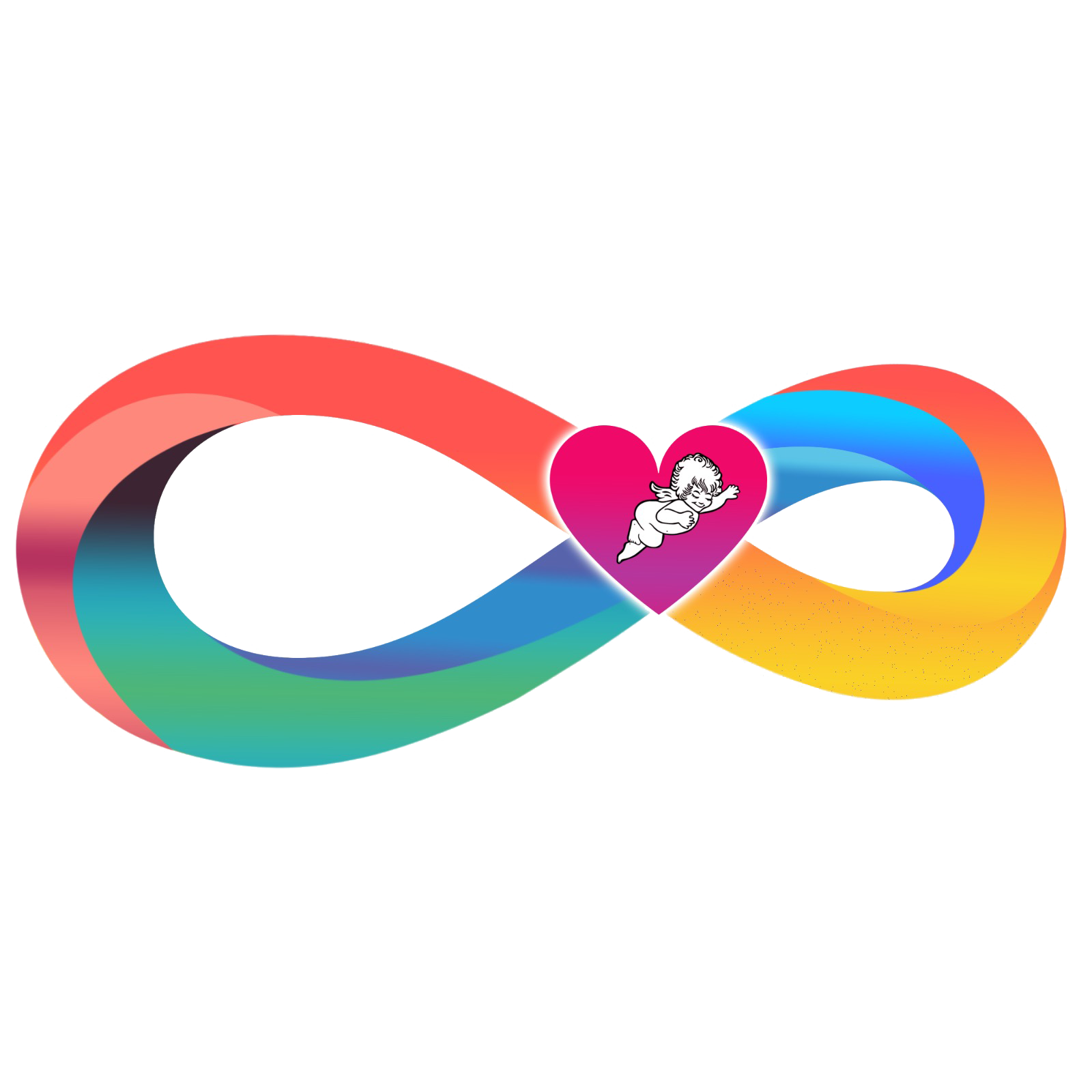[et_pb_section fb_built=”1″ theme_builder_area=”post_content” _builder_version=”4.27.2″ _module_preset=”default” custom_padding=”1px|||||” da_is_popup=”off” da_exit_intent=”off” da_has_close=”on” da_alt_close=”off” da_dark_close=”off” da_not_modal=”on” da_is_singular=”off” da_with_loader=”off” da_has_shadow=”on” da_disable_devices=”off|off|off”][et_pb_row _builder_version=”4.27.2″ _module_preset=”default” theme_builder_area=”post_content”][et_pb_column _builder_version=”4.27.2″ _module_preset=”default” type=”4_4″ theme_builder_area=”post_content”][et_pb_image src=”https://www.amorinfinito.ch/wp-content/uploads/2023/09/02-800-X-800.jpg” _builder_version=”4.27.2″ _module_preset=”default” theme_builder_area=”post_content” title_text=”02 800 X 800″ hover_enabled=”0″ sticky_enabled=”0″][/et_pb_image][/et_pb_column][/et_pb_row][et_pb_row _builder_version=”4.27.2″ _module_preset=”default” theme_builder_area=”post_content”][et_pb_column _builder_version=”4.27.2″ _module_preset=”default” type=”4_4″ theme_builder_area=”post_content”][et_pb_text _builder_version=”4.27.2″ _module_preset=”default” theme_builder_area=”post_content” text_font=”Lato||||||||” text_text_color=”#45287d” text_font_size=”17px” hover_enabled=”0″ sticky_enabled=”0″]
The Wayuu: are an indigenous people who inhabit the Guajira Peninsula, the northeasternmost part of Colombia, bordering Venezuela. This matriarchal community has adapted to the harsh conditions of a desert with stunning landscapes by the Caribbean Sea.
Waleker, the spider, taught Wayuu women how to weave. Their weaving is deeply rooted in myth and in the initiation rites of adolescent seclusion. Strong, creative, supportive, hospitable, and respectful of their word, the Wayuu fiercely preserve their profound cultural traditions, attachment to their land, their own language, and share in their “rancherías” a world distinct from that of the “arijunas” (outsiders).
Specific Cultural Expression
Weaving for the Wayuu people is more than a cultural practice and ancestral heritage; it is a way to conceive and express life as they feel and desire it. It is an art both thoughtfully created and enjoyed. Observing their countless weavings allows one to read the spirit that guides their actions and thoughts.
Craft Activity and Production
Kanas is the highest expression of Wayuu weaving, an ancient art likely originating in the highlands of La Guajira. It consists of weaving stylized geometric figures representing elements from the natural environment surrounding the Wayuu’s daily life.
The more complex the figures, the greater the value of the piece. It is woven on a forked loom, and each kanas has a name and meaning.
The chinchorro and hammock are the most representative weavings of Wayuu culture. Although both have the same function, they differ in their textiles: the chinchorro is elastic and loosely woven, while the hammock is heavy, compact, and tightly woven.
Hammocks and chinchorros are made by hand. Once the central body is finished, the cabuyera (ropes), the handle, and the fringe are woven separately. The cabuyera is tied to the head of the hammock, and the fringe is a long, narrow strip hanging from the side edges of the chinchorro.
Shei is a funerary blanket in which the deceased are wrapped and buried; it is rectangular, colorful, and richly decorated with kanas designs. Liíra is the long, narrow belt that is part of the men’s guayuco (loincloth). Mantalaju is the belt that goes over the saddle blanket and ties to the saddle and girth.
Atula is a complex braiding technique that requires great skill and concentration. The mochila, also known as susu or “what walks with one,” is an essential item in Wayuu attire. It is crocheted using maguey fiber and cotton.
There are various types of mochilas: Susuchon, a small bag that hangs from the belt, one on each side of the guayuco; Susu, the everyday medium-sized mochila that the Wayuu carry everywhere; Ainacajatu, a large mochila used by women to carry the chinchorro, clothes, and other travel necessities; Kapatera, a large cylindrical mochila with two openings and drawstrings, often used by men.
Kattowi is a highly durable mesh mochila used for multiple purposes, such as carrying pots and jugs full of water.
Wayuu men craft palm leaf hats suitable for long days under intense sun, blankets, and guajiras (sandals designed to withstand long journeys through the sand), among other items.
For the Wayuu people, weaving is more than just a cultural practice and ancestral inheritance; it is a way to conceive and express life as they feel and desire it. An art both thoughtfully created and enjoyed. Observing their countless weavings allows one to read the spirit that guides their actions and thoughts.
Artesanías de Colombia has supported the preservation of techniques, designs, and products that are a vital part of a cultural heritage fiercely guarded by traditional authorities.
Today, efforts are being made to improve the Wayuu weaving production chain, including providing quality threads, enhancing production processes, creating new designs with the approval of their authorities, and marketing these products.
[/et_pb_text][/et_pb_column][/et_pb_row][/et_pb_section]
